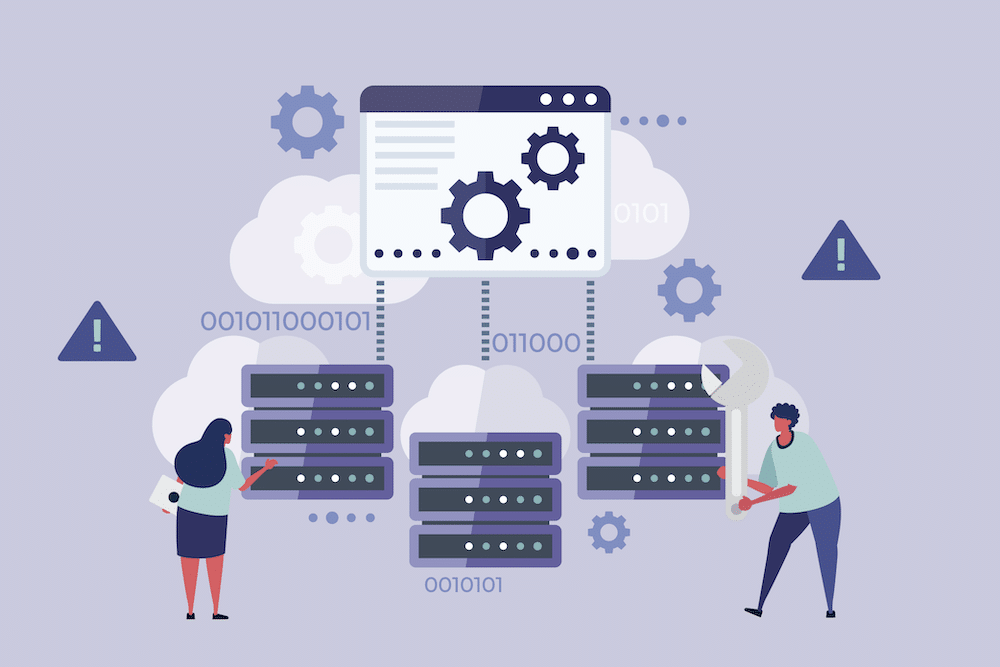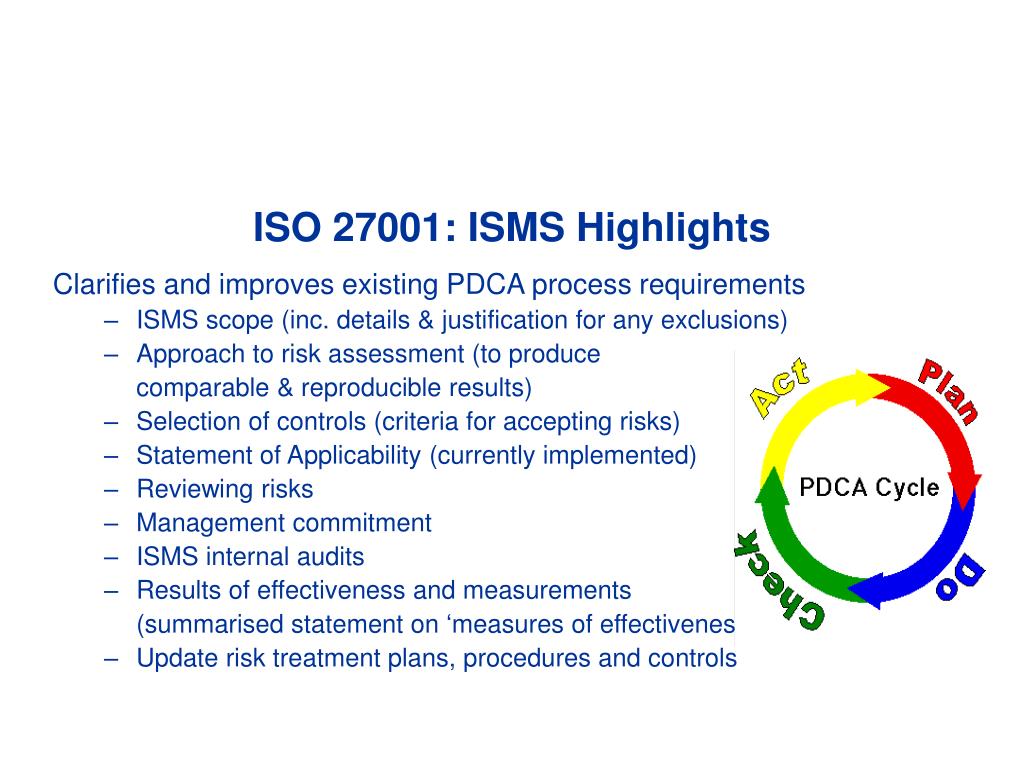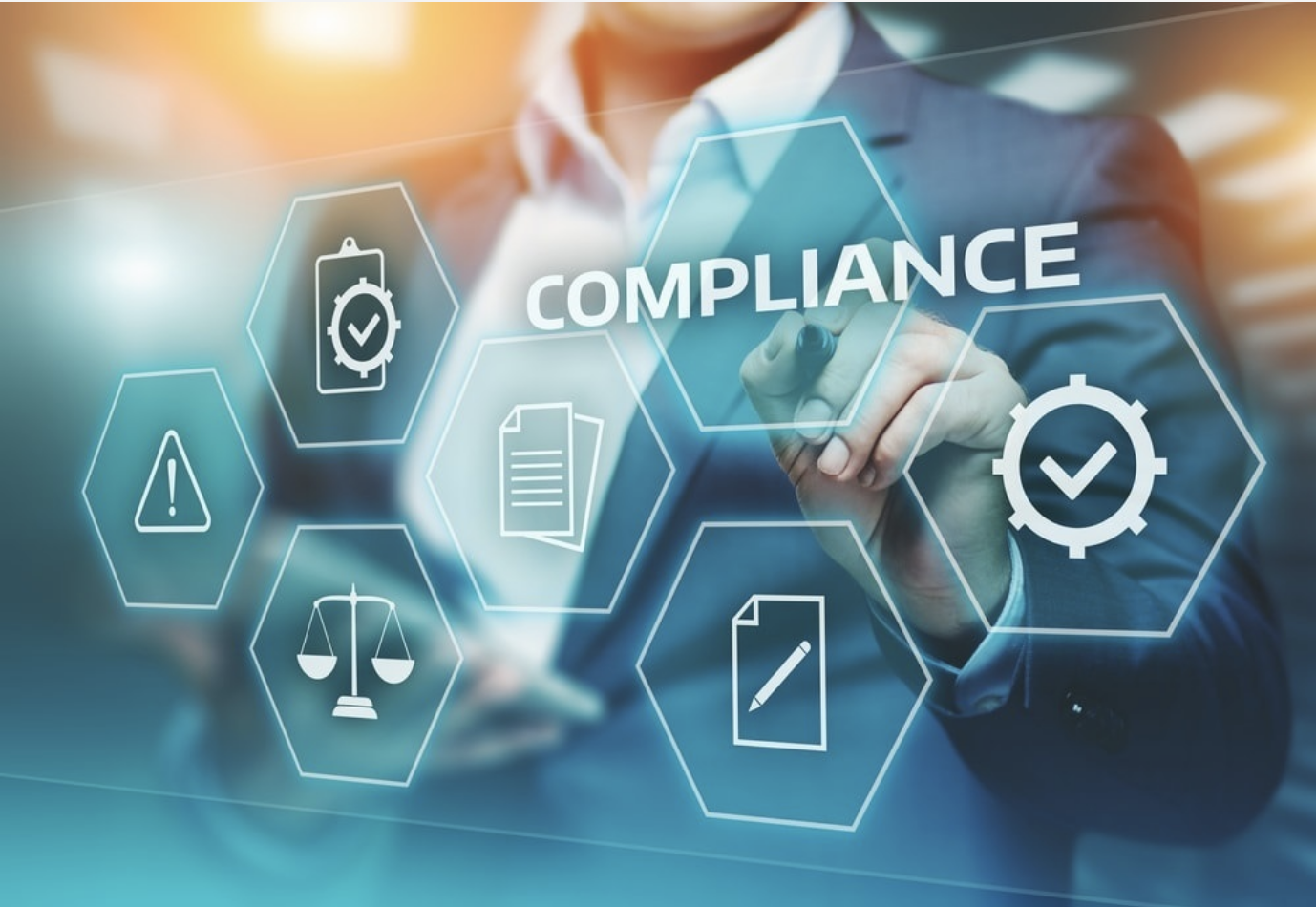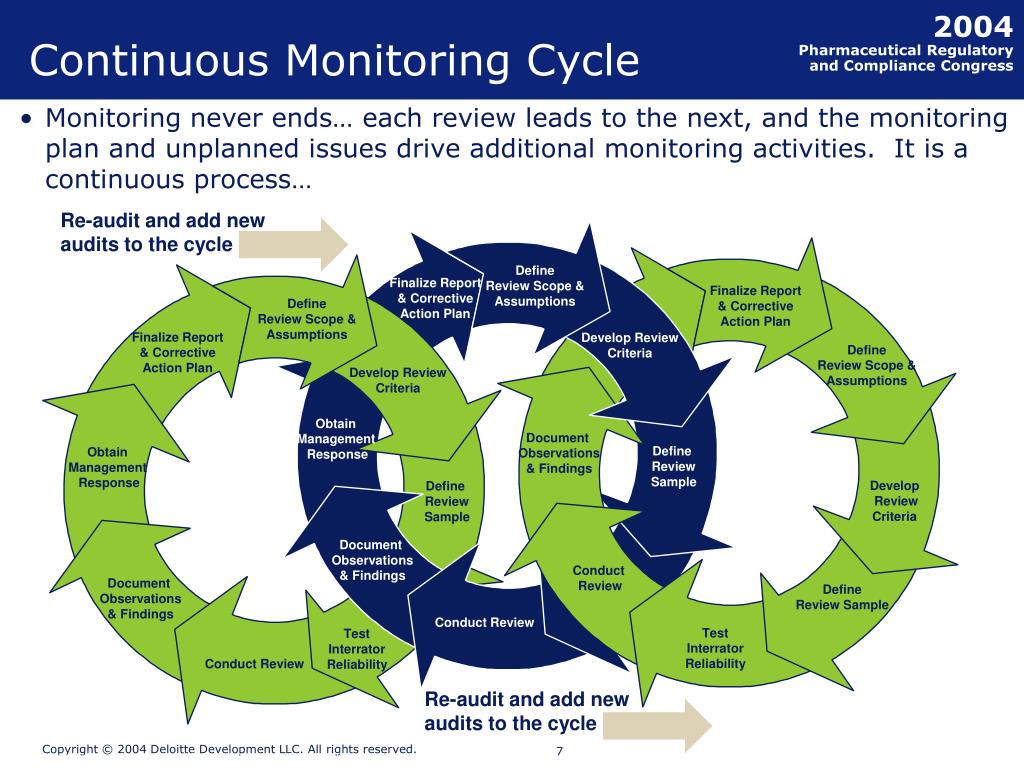Understanding Cloud Compliance Standards: A Comprehensive Guide delves into the intricate world of cloud compliance frameworks, shedding light on their crucial role in ensuring data security and regulatory adherence. In this article, we explore the significance of cloud compliance standards and provide insights on key frameworks, benefits, implementation strategies, monitoring techniques, and emerging trends in the realm of cloud compliance. Dive into this comprehensive guide to grasp the fundamental concepts and best practices that govern the ever-evolving landscape of cloud compliance standards. Let’s embark on a journey to unravel the complexities of Cloud compliance standards, paving the way for a deeper understanding of data protection and regulatory compliance in the digital age.

Unveiling the Significance of Cloud Compliance Standards
Cloud compliance standards form the cornerstone of best practices and requirements within cloud computing realms. These standards are meticulously crafted to uphold data protection, security, privacy, and regulatory adherence, serving as a shield against potential vulnerabilities. For organizations navigating regulated industries or managing sensitive data, strict adherence to these standards is non-negotiable, safeguarding against risks and instilling trust among stakeholders.

Key Cloud Compliance Frameworks and Regulations
ISO 27001/27002: Information Security Management System (ISMS) Standard
ISO 27001/27002 sets the groundwork for an effective ISMS, outlining best practices for managing information security risks. With a focus on confidentiality, integrity, and availability of data, this framework provides a systematic approach to safeguarding sensitive information. Implementing ISO 27001/27002 ensures a robust foundation for cloud compliance standards.
SOC 2: Service Organization Control for Service Organizations
SOC 2 compliance assesses the internal controls of service organizations related to security, availability, processing integrity, confidentiality, and privacy. Organizations adhering to SOC 2 are trusted for securely managing client data in the cloud. It assures customers of the service provider’s commitment to data security and privacy, essential for cloud compliance standards.
HIPAA: Health Insurance Portability and Accountability Act
HIPAA sets standards for the protection of sensitive patient health information, regulating its use and disclosure. Cloud service providers handling healthcare data must comply with HIPAA to ensure the privacy and security of patient records. Adhering to HIPAA requirements is indispensable in meeting cloud compliance standards in the healthcare sector.
GDPR: General Data Protection Regulation (EU)
GDPR reshaped data protection laws, emphasizing data subjects’ rights and imposing stringent requirements on organizations handling personal data. Cloud services operating in the EU or serving EU citizens must comply with GDPR to protect individuals’ privacy rights. Adhering to GDPR not only fosters customer trust but also ensures alignment with cloud compliance standards.

Implementing Cloud Compliance: A Strategic Approach
Conducting a thorough risk assessment is paramount when implementing cloud compliance standards. This step helps identify specific compliance requirements based on the organization’s unique needs and regulatory obligations, laying the foundation for a robust compliance framework. By understanding risks, businesses can tailor compliance efforts effectively to mitigate potential threats and vulnerabilities proactively.
Developing a comprehensive compliance plan is essential for successful implementation. This plan should encompass clear policies, well-defined procedures, and stringent controls to ensure adherence to relevant standards and regulations. A structured compliance framework guides organizations in establishing a culture of compliance, fostering accountability and transparency across all levels of the organization.
Implementation of technical safeguards and security measures is a critical aspect of ensuring cloud compliance standards are met. Deploying encryption protocols, access controls, data loss prevention mechanisms, and regular security updates fortify data protection in the cloud environment. By integrating these technical safeguards, organizations enhance their cybersecurity posture and safeguard sensitive information from unauthorized access or breaches.
Training staff on compliance requirements and best practices is integral to the successful adoption of cloud compliance standards. Educating employees on data handling protocols, security awareness, and regulatory guidelines cultivates a culture of compliance consciousness within the organization. Regular training sessions and awareness programs empower staff to uphold compliance standards diligently, reducing the risk of human errors or compliance gaps.

Ensuring Ongoing Compliance: Continuous Monitoring and Auditing
Regularly monitor compliance status through audits and assessments
Continuous monitoring involves the regular review of cloud systems to ensure compliance with established standards. Routine audits and assessments allow businesses to identify any deviations, rectify issues promptly, and demonstrate a commitment to upholding cloud compliance standards. By proactively monitoring compliance status, organizations can mitigate risks and maintain a secure digital environment.
Tracking changes to regulations and industry best practices
Staying abreast of evolving regulations and industry best practices is integral to maintaining cloud compliance standards. Regularly updating policies and procedures in line with the latest requirements ensures that businesses operate within the bounds of the law. By monitoring changes in regulations, organizations can adapt to new compliance challenges and safeguard sensitive data effectively.
Making necessary adjustments to maintain compliance
Continuous monitoring and auditing enable organizations to make timely adjustments to their cloud architecture to ensure ongoing compliance. By promptly addressing compliance gaps and implementing necessary changes, businesses can uphold data integrity and security. Proactive adjustment to regulatory changes reflects a commitment to maintaining a robust cloud compliance framework and protecting sensitive information.
The fluid nature of regulatory environments necessitates continuous monitoring and auditing to uphold cloud compliance standards effectively. By staying vigilant, adapting to new requirements, and addressing any deviations promptly, businesses can navigate the complexities of compliance with confidence and ensure the security of their digital assets.

Cloud Provider Responsibilities
Ensuring Secure and Compliant Infrastructure
Cloud providers play a pivotal role in maintaining robust security measures to safeguard data integrity and confidentiality. By adhering to established cloud compliance standards, providers ensure that their infrastructure meets regulatory requirements, offering a secure environment for storing and processing sensitive information. Implementing encryption protocols and access controls further fortifies the infrastructure against potential vulnerabilities, boosting overall compliance efforts.
Implementing Data Protection and Privacy Measures
Protecting data integrity and privacy is paramount for cloud providers. They must employ encryption techniques, regular security assessments, and proactive monitoring to mitigate risks and uphold data protection standards. By adopting industry-best practices and complying with data privacy regulations, providers enhance customer trust, demonstrating a commitment to safeguarding sensitive information within the cloud environment.
Assisting Customers with Compliance Audits and Certifications
Collaborating with customers during compliance audits and certifications underscores the shared responsibility in maintaining adherence to cloud compliance standards. Cloud providers support clients by offering documentation, audit trails, and transparency in their processes, facilitating the validation of regulatory compliance. This partnership approach fosters a culture of compliance, empowering customers to navigate regulatory complexities with confidence and assurance.







